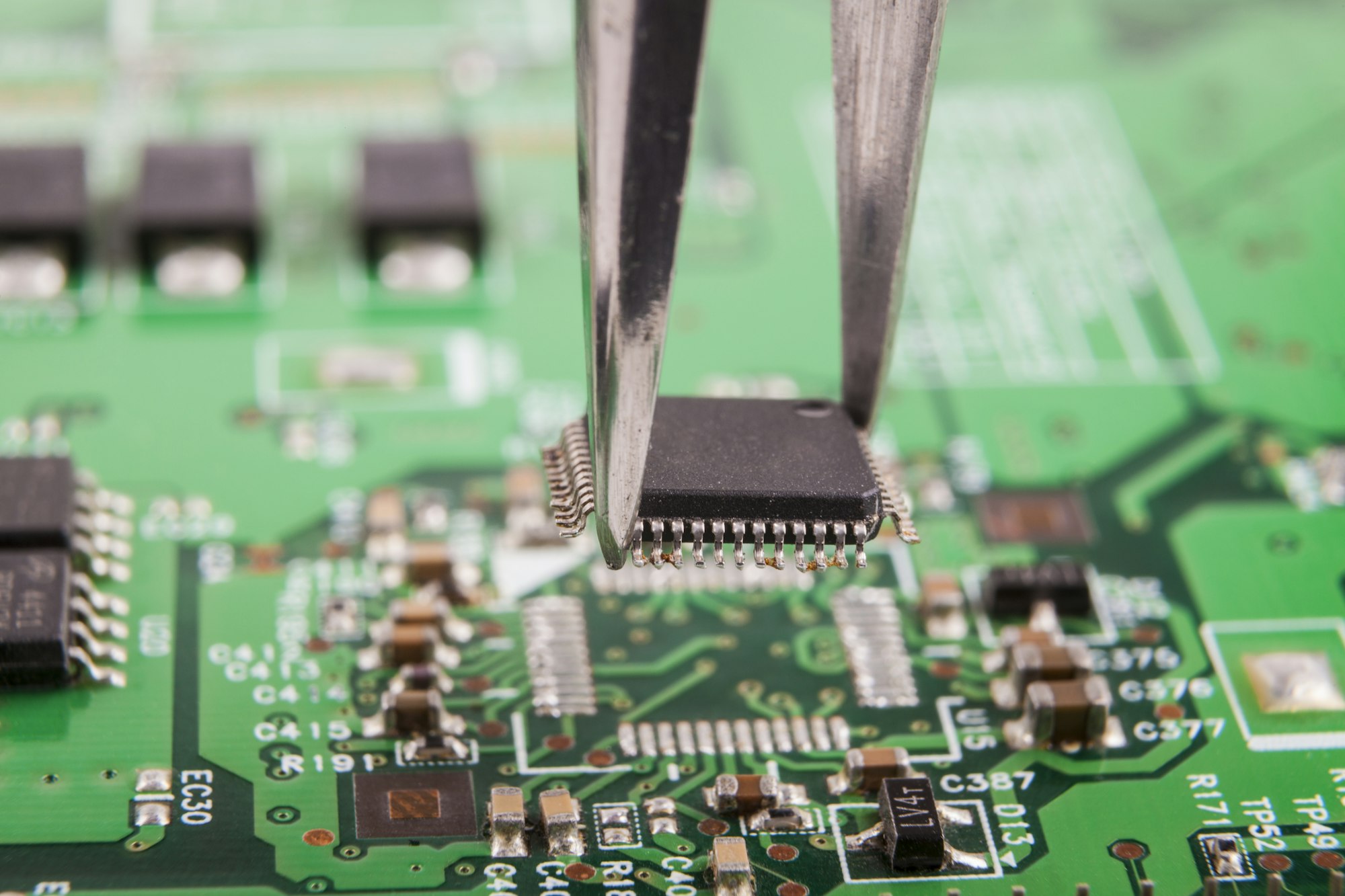Ever broken a device because its connector wore out? I’ve faced flaky connections that ruined my work. That’s where PCB gold fingers come in—they fix this problem.
Gold fingers are gold-plated connector edges on circuit boards. They link devices like graphics cards or RAM modules to motherboards securely. Their purpose is reliable data transfer and power delivery through repeated insertions.

Now, let’s explore the details. How exactly does gold plating make these connections last?
Is the "Gold" in the Gold Finger Gold? (Soft Gold, Hard Gold.)
Frustrated by connectors tarnish? I once lost data through corroded contacts. Real gold solves this, but plating types matter.
Yes, gold fingers use real gold plating. However, two types exist: soft gold[^1] (pure gold for corrosion resistance) and hard gold[^2] (alloyed for durability). Both guard against wear.
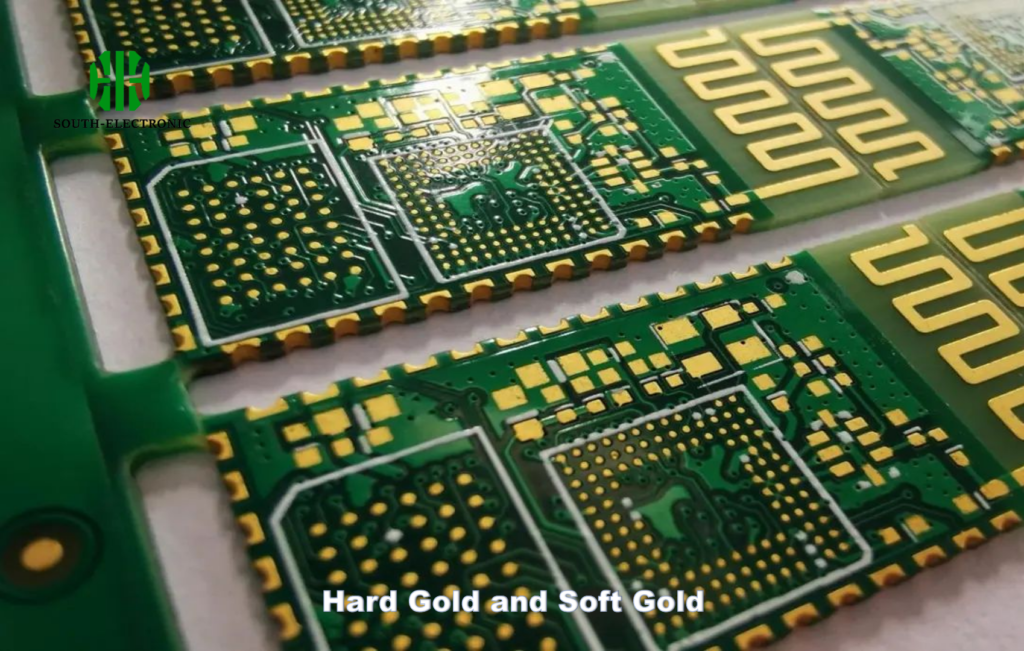
Choosing Between Hard and Soft Gold
Critical factors determine plating selection. Hard gold suits high-use slots; soft gold fits delicate contacts. Review this comparison:
| Property | Hard Gold | Soft Gold |
|---|---|---|
| Composition | Gold alloyed with cobalt/nickel | Pure gold (99.9%+) |
| Durability | Excellent (50,000+ cycles) | Good, scratches easier |
| Cost | Lower (thinner layer needed) | Higher (thicker pure gold layer) |
| Use Case | PCIe slots, RAM modules | Low-pressure test points |
Hard gold dominates PCB finger connectors because pins slide often. Think graphics cards—constant friction demands alloy strength. Soft gold works for probes but fails under mechanical stress. My project used hard gold fingers for a drone controller. They withstood years of port swaps.
What Are the Surface Treatments for Gold Finger PCBs?
Sick of connectors failing after months? Proper surface prep saves the day. I learned this after troubleshooting a factory’s faulty keyboards.
Common treatments include ENIG (Electroless Nickel Immersion Gold) for light use and hard gold plating for heavy-duty slots. Both protect copper and ensure conductivity.
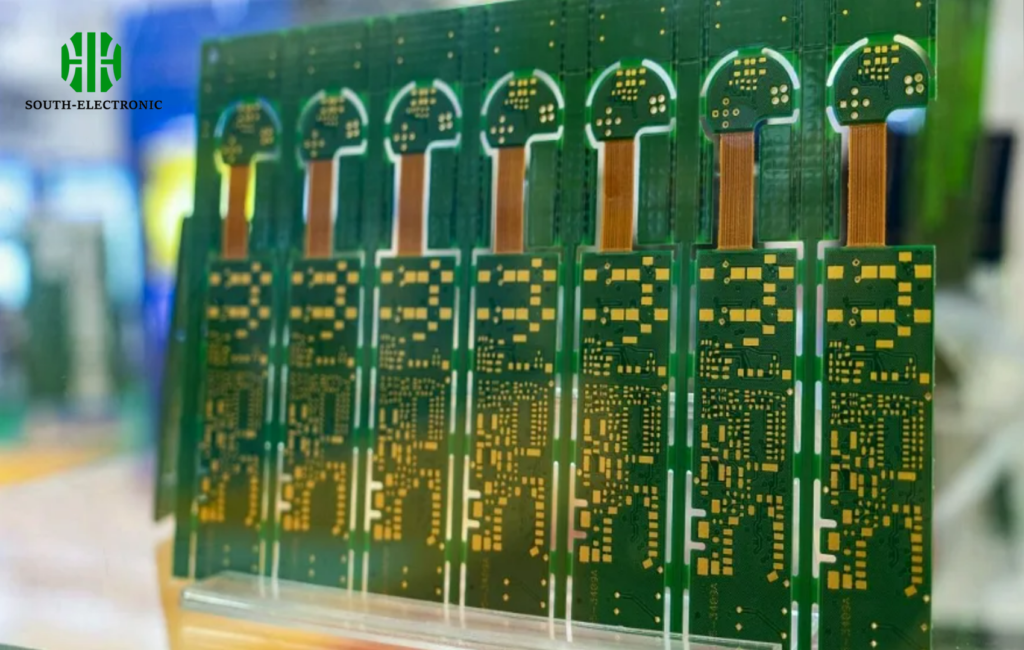
Beyond Gold: Alternative Finishes
While gold fingers reign for connectors, PCBs need other coatings. Here’s why:
| Treatment | Purpose | Suitability for Gold Fingers |
|---|---|---|
| HASL | Budget protection | No—melts during insertion |
| ENIG | Flat surface, corrosion resistance | Optional under-layer support |
| OSP | Eco-friendly copper guard | No—wears off instantly |
| Immersion Tin | High-temperature resistance | Rarely used |
ENIG pairs best with PCB gold plating. Nickel provides hardness, gold adds slide. For pcb finger connector zones, skip HASL. I saw a factory’s gold fingers flake off because HASL base melted under pressure.
What Should Be Paid Attention to When Processing PCB Gold Fingers?
Lost parts to plating errors? My team once scrapped 50 boards due to uneven gold. Precision prevents waste.
Focus on thickness (3-50µ"), smooth bevel angles (30-45°), and strict cleanliness. Dust causes pits that crumble under pressure during connector mating.
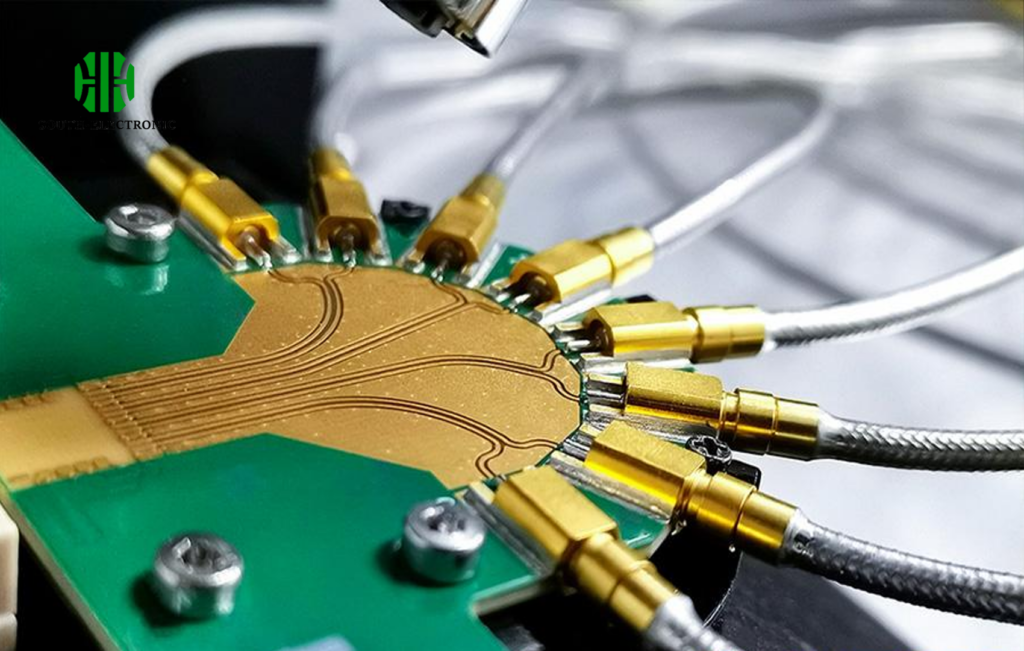
Key Manufacturing Protocols
Three non-negotiable steps for reliable gold fingers for sale:
- Bevel Edges: Sharply angled edges ease insertion into slots. Unbevelled boards jam. I trim edges before plating—like sharpening a pencil first.
- No Solder Mask/Marking: Never cover gold zones. Ink or epoxy weakens metal bonding. Mask stay-back zones must be set in CAD files.
- ASTM B488 Testing: Measure thickness with XRF. For RAM sticks, maintain 30µ" minimum. Thinner layers expose nickel in under 50 insertions.
Audit suppliers for these specs. Skip one, and pcb gold plating[^3] becomes a customer’s nightmare.
How to Fix PCB Gold Fingers?
Got tarnished or scratched connectors? I salvaged an expensive GPU with careful DIY fixes—but know the risks!
Minor issues may be fixed by cleaning with fiberglass erasers. Severe wear requires professional replating by specialists using electroplating rigs.
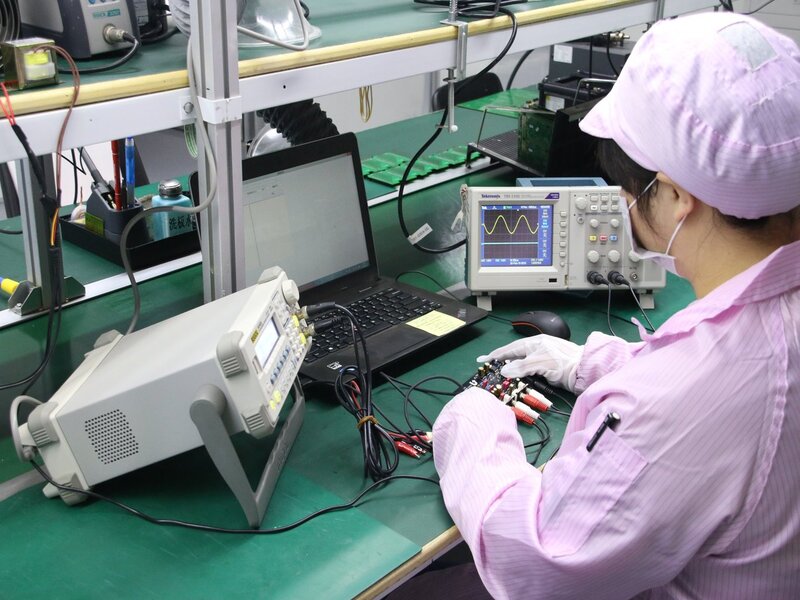
Repair vs. Replacement Guide
Before fixing, assess damage depth:
| Issue | Solution | DIY Possible? |
|---|---|---|
| Oxidation (Dark Spots) | Rub gently with pencil eraser | Yes |
| Light Scratching | Apply electronics-grade cleaner | Yes |
| Peeling/Flaking | Seek commercial PCB finger connectors replating service | No |
| Deep Gouges | Replace entire module/board | No |
Never sand gold fingers aggressively! Once copper shows, signals fail. If you need "gold fingers for sale," buy quality pre-made PCBs. I cleaned my RAM with alcohol—it worked but don’t flood the contacts.
Conclusion
Gold fingers connect vital electronics securely. Remember: they use real gold plating chosen for durability. Process them meticulously and repair gently for lasting links.
[^1]: Discover the characteristics of soft gold plating and its ideal use cases in PCB manufacturing.
[^2]: Learn about hard gold plating’s advantages and its specific applications in PCBs for reliable connections.
[^3]: Explore this resource to understand how PCB gold plating enhances durability and performance in electronic connections.



